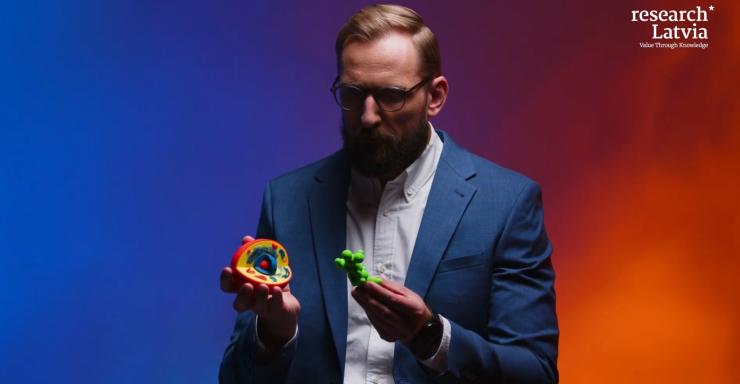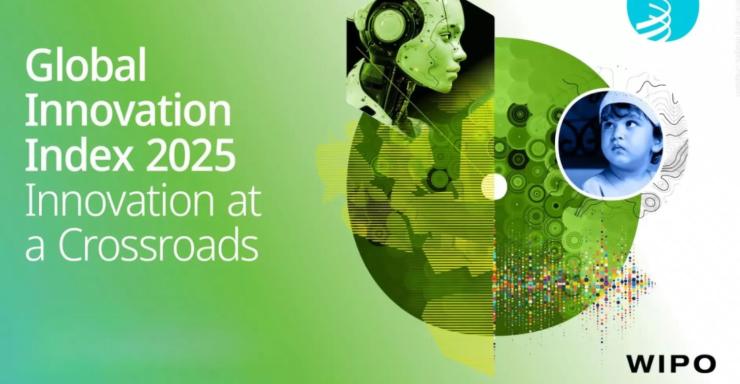Scientists from Latvia, together with European partners, have developed the most comprehensive theoretical framework for electrocatalysis to date. It may serve as a foundation for next-generation fuel cells, electrolysers, and other clean-energy technologies. The study, published in Chemical Society Reviews, marks a significant step forward in understanding electrochemical processes. Among its authors is Associate Tenure Professor Dr. chem. Vladislav Ivaništšev from the University of Latvia's Faculty of Medicine and Life Sciences.

The review article provides an in-depth explanation of scaling relations - fundamental chemical laws that connect the energetics of reaction steps and determine the performance limits of any catalyst.
Electrocatalysis is often illustrated as a volcano, because this analogy helps explain why one catalyst performs better than another. Scaling relations define the possible paths one can take when "climbing" the surface of this volcano, with each step representing a potential catalyst. The summit symbolises the ideal catalyst that researchers strive to reach. The higher one climbs, the more active the catalyst becomes. Until recently, only one path to the summit was known. This review shows that there are many more, and some of them may lead all the way to the very top.
According to Dr. chem. Vladislav Ivaništšev , these insights make it possible to achieve even the ideal catalyst: "We demonstrate that scaling relations can be deliberately influenced by adjusting the geometry of catalytic sites."
The authors' key conclusion is a new principle, "not too close, not too far", that relates to the distances between atoms at the reaction site. It complements the classic Sabatier principle "not too strong, not too weak", which governs the binding strength of intermediates. Together, these principles open up multiple potential routes to the "summit," most of which remain unexplored.
Read the article in the journal Chemical Society Reviews


